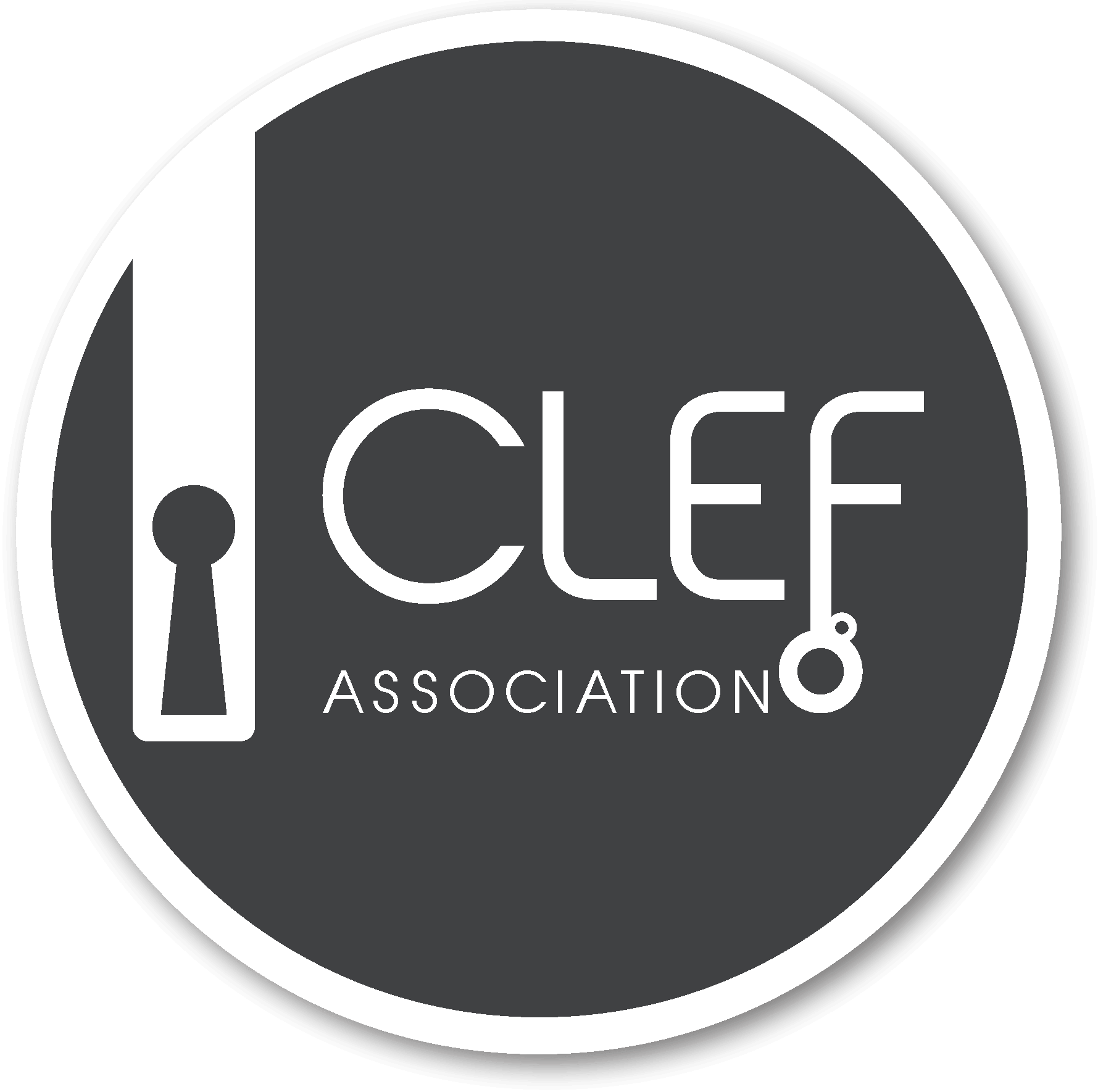Fallacy Detection 2026
Synopsis
- Sub-Task 1: Given an argument, determine whether it is fallacious.
- Sub-Task 2: Given a non-fallacious argument, determine the argument scheme it follows.
- Sub-Task 3: Given a fallacy, identify the specific type of fallacy.
- Communication: [mailing lists: participants, organizers]
Important Dates
See the CLEF 2026 homepage.
Subscribe to the Touché mailing list to receive notifications.
Task
Participants are given a short source text together with a set of extracted arguments derived from that text. The arguments constitute the main units of analysis.
In Sub-Task 1, participants must determine whether a given argument is fallacious or not. In Sub-Task 2, it is known that the argument is non-fallacious, and participants must identify the argument scheme it follows. In Sub-Task 3, it is known that the argument is fallacious, and participants must identify the specific type of fallacy.
This first edition of the task focuses on the five most frequently occurring types of fallacies and argument schemes. We adopt argument schemes as defined in Macagno’s framework.
Data
The dataset comprises over 1,000 examples collected from student quiz websites, online debate platforms, and synthetically generated arguments.
Example
The following example illustrates the Fallacy Detection task. Participants are given a short text
from which arguments have been extracted. In Sub-Task 1, participants must determine the
value of the classification field. For Sub-Tasks 2 and 3, the classification
(Non-Fallacy or Fallacy) is already provided, and participants are required to identify
the corresponding argument scheme or fallacy type. Participants may optionally provide a short
explanation to justify their decision.
Full Text
The United States has previously encouraged Chiang Kai-shek to withdraw his troops to Formosa, and I strongly believe Formosa should be defended. Quemoy and Matsu are small islands close to Communist China and far from Formosa. Many military and government leaders have argued that these islands are not strategically defensible or necessary for Formosa’s security. Defending them could pull the United States into a larger war, possibly even a world war, so the defense line should be drawn around Formosa itself.
The opposing view argues that abandoning these islands would repeat the mistake made before the Korean War. The islands matter not because of their size, but because they represent resistance to Communist expansion. Forcing U.S. allies to leave them would encourage further aggression and eventually threaten Formosa.
Extracted Arguments and Classification
Argument 1:
The U.S. should defend Formosa, and past U.S. actions support focusing defense there.
Classification: Non-Fallacy
Type: Argument Scheme – Practical Reasoning (Argument from Consequences)
Explanation: The argument recommends a course of action (defending Formosa)
based on its consistency with past policy and its expected positive consequences, without relying
on faulty or manipulative reasoning.
Argument 2:
Defending Quemoy and Matsu is unwise because respected leaders say the islands are not
strategically defensible or essential.
Classification: Fallacy
Type: Appeal to Authority
Explanation: The argument relies mainly on the opinions of well-known figures rather
than on independent evidence or logical analysis.
Argument 3:
Giving up Quemoy and Matsu will lead to disaster like Korea and encourage Communist expansion
toward Formosa.
Classification: Fallacy
Type: Appeal to Emotion (Fear)
Explanation: The argument uses fear of past disasters and emotionally charged
language instead of clearly demonstrating that such outcomes will occur.
Evaluation
Evaluation uses a held-out test set for each subtask and standard evaluation metrics: precision, recall, and F1-score.
Related Work
- Fabrizio Macagno, Argumentation profiles and the manipulation of common ground. The arguments of populist leaders on Twitter, Journal of Pragmatics, Volume 191, 2022, Pages 67-82, ISSN 0378-2166.








